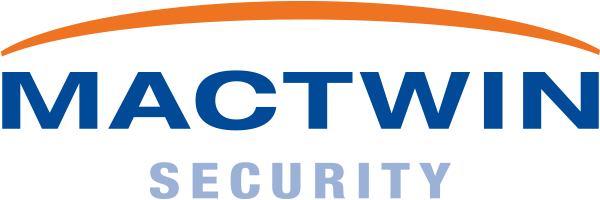Once you have purchased security systems, their management also begins. You want to maintain the desired security level and keep the systems up to date. Now that the majority of security systems are suitable for remote management, there are new and more extensive possibilities and corresponding contract forms. We discuss this topic with René Janssen Steenberg, Service Manager at Mactwin.
Mactwin has been managing installations remotely for almost 10 years, from the Mactwin Operation Center (MOC). In addition to standard management tasks, we are increasingly providing remote support services to organizations.
What activities do I need to think about when it comes to remote management?
René Janssen Steenberg: “From the MOC we can, for example, update systems with new firmware/software, adjust the configuration of security software or add new functions,” explains René Janssen Steenberg. “We can also provide application management, create reports, manage user rights and secure video footage. Additionally – and this is very interesting for many clients – we detect technical deviations early.”
How do you detect such abnormalities at an early stage?
“This happens automatically, because we set alarms on these indicators. Think of deviations in the status of batteries and hard disks of video servers and the contamination level of fire detectors.” Can you also solve problems remotely or does it remain limited to detection? “We can solve increasingly more technical deviations remotely from the MOC. This not only benefits system availability, but also restore times and costs. Furthermore, this fits perfectly with corporate social responsibility: fewer travel kilometers means less CO2 emissions.”
Can you solve problems remotely or is it just a matter of signalling?
“We can solve increasingly more technical deviations remotely from the MOC. This not only benefits system availability, but also restore times and costs. Furthermore, this fits perfectly with corporate social responsibility: fewer travel kilometers means less CO2 emissions.”
Nowadays we see various new contract forms. Where does this need come from?
“Organizations increasingly want to be unburdened, so they can concentrate on their core processes. At the same time, they want to be in control as much as possible. Financially, and also regarding their security level.”
How does Mactwin help their clients achieve these goals?
“At Mactwin we respond to this by increasingly offering multi-year maintenance plans (MJOP’s) and all-in contracts. In the latter form, we take full responsibility for the delivered installations or even for the purpose of those installations. A longer contract duration applies and the client pays a fixed amount per year, so they are no longer faced with surprises. With these management forms, we go beyond just technically managing the systems. We take responsibility for the purpose for which the security systems were implemented and for the desired security level.”
How does this work in practice?
“When we implement a camera system, it always has a purpose, such as identification. In the management contract, we then agree that Mactwin takes responsibility for the image quality in relation to this objective. Based on this responsibility, we will assess the camera images at a certain frequency. Are they sharp enough and do they capture what was agreed upon in the Program of Requirements? We base the frequency of this on the local circumstances (such as weather influences) and the risks. With intrusion detection, for example – in addition to achieving early detection and a defined delay time – we can also take responsibility for various organizational matters, such as control room and surveillance services. In that case, we will actively monitor alarm notifications and take actions when necessary to, for example, reduce the number of unnecessary alarms. This not only saves costs (such as emergency service callouts), but also ensures that alertness to alarm notifications remains at the proper level.”
And then you periodically evaluate whether the performance is up to standard?
“Exactly, at least annually we evaluate whether we are still achieving the desired security level with the implemented systems and whether the systems still provide resistance against any new attack scenarios. If necessary, we coordinate with the client on what additional measures need to be taken.”
